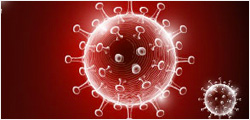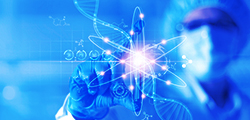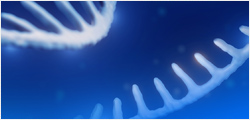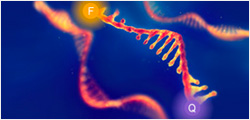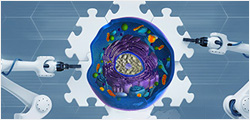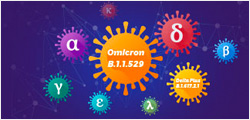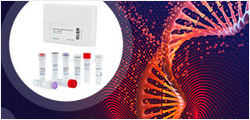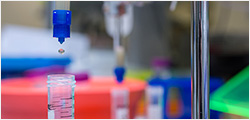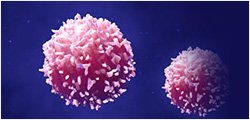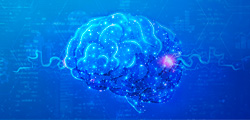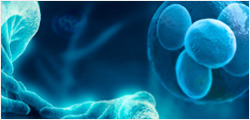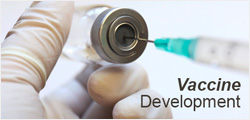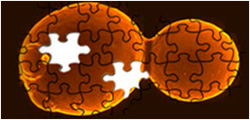
ED50 ≤ 0.5 ng/ml, determined by the dose-dependent stimulation of the proliferation of human MCF-7 cells.

Lane 1: 2 μg of Heregulin β-1, Human, non-reducing (NR)
Lane 2: 2 μg of Heregulin β-1, Human, reducing (R)
> 95% as analyzed by SDS-PAGE
Heregulin β-1, Human
Neuregulins or neuroregulins are a family of four structurally related proteins (NRG1, NRG2, NRG3 and NRG4) that are members of the EGF family of proteins. Studies indicate neuregulins function in nervous system development with essential roles in vertebrate embryogenesis including: cardiac development, Schwann cell and oligodendrocyte differentiation, certain aspects of neuronal development, and the formation of neuromuscular synapses. Neuregulin 1 is essential for the normal development of the nervous system and the heart. It is produced in numerous isoforms by alternative splicing, allowing it to perform a variety of functions. All NRG1 isoforms contain an EGF-like domain that is required for direct binding to ErbB3 or ErbB4 receptor tyrosine kinases. The transmembrane NRG1 isoforms contain an extracellular domain that can be proteolytically cleaved to release soluble growth factors.
| Z03321 | |
|
|
|
| ¥11,193.00 | |
|
|
|
|
|
|
| Ask us a question | |
